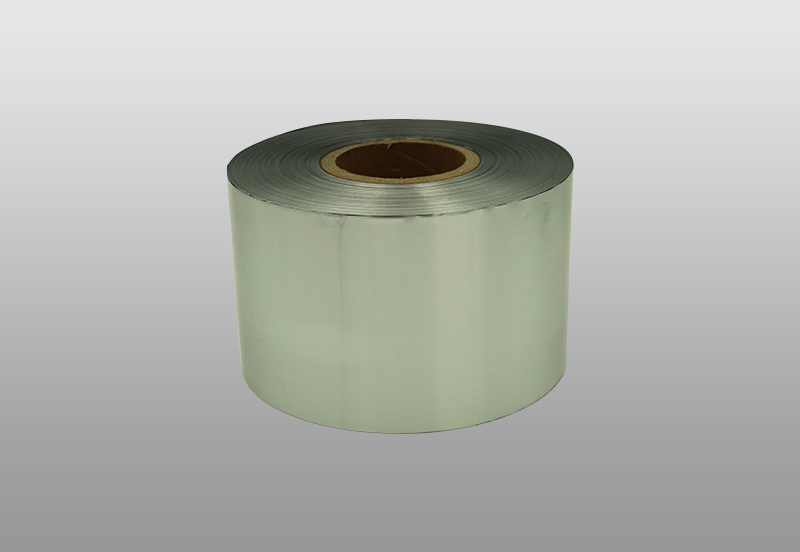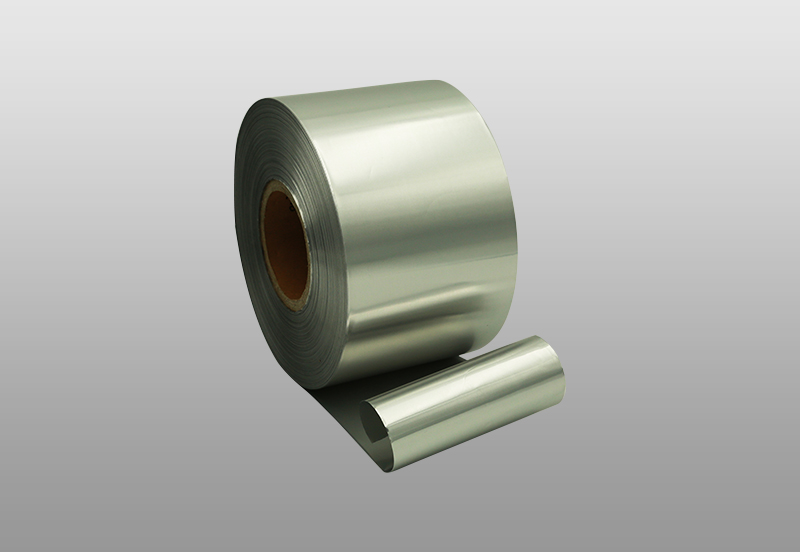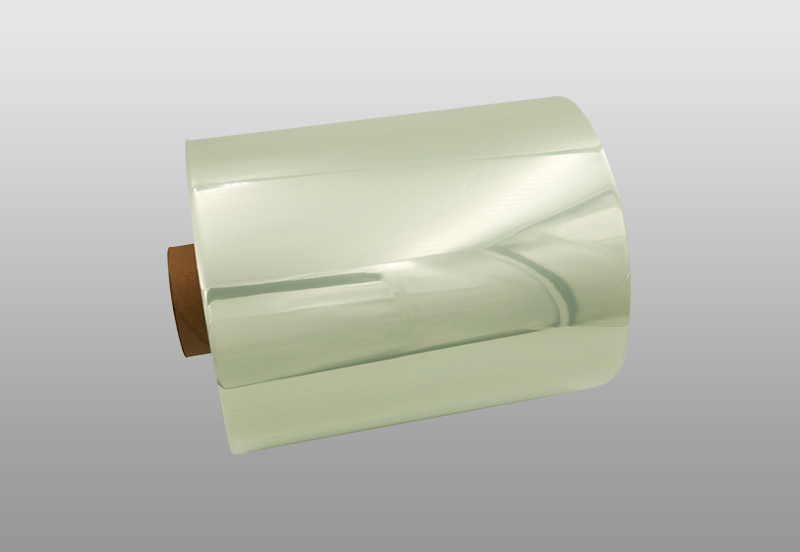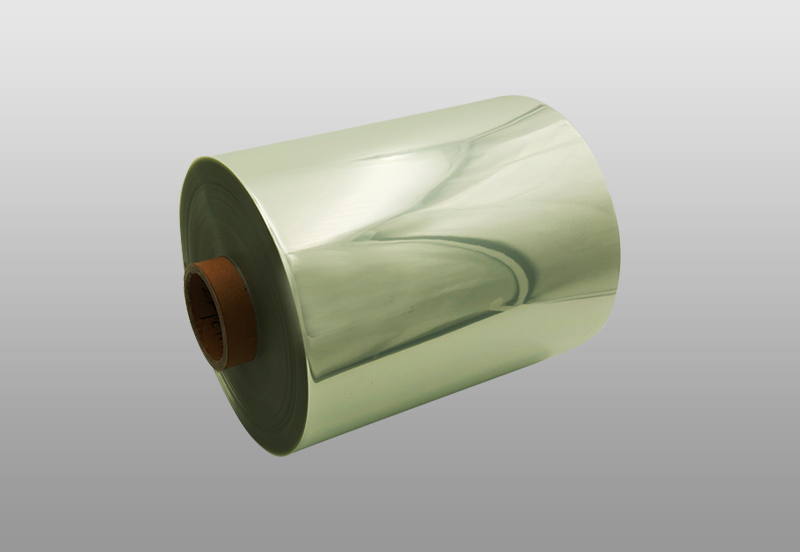1. The distinction of processing technology
Co-extrusion film is generally divided into casting method and blown film method according to the current process.
The cast film is very transparent in appearance and soft to the touch. The thickness tolerance of the film can be measured with a thickness gauge to ±2% (2Sigma statistical method), while the thickness tolerance of multi-layer co-extruded films is generally within ±8%. In recent years, with the continuous improvement of technology, the thickness tolerance of nine-layer and more than nine-layer film extrusion equipment has been greatly improved, and the thickness of the product can be comparable to the cast product. But no matter what kind of process the film is produced, if you carefully observe the surface of the film, you will generally find fine film lines. The film line direction of the cast film is parallel to the winding direction, while the film line direction of the blown film product is not parallel to the winding direction. This is because the film is on the die, whether it is pulling up rotation, die rotation, or rotating and winding. It is rewinding from left to right, similar to the spindle, so as to avoid the formation of tight edges.
The common methods of film blowing include up-blowing, down-blowing, two-bubble and three-bubble methods. The blown-up film products are air-cooled, so the transparency is poor and the hand feels harder. The down-blowing method, the two-bubble method and the three-bubble method are water-cooled, and the transparency of the film can be comparable to that of the cast film. Among them, the two-bubble method and the three-bubble method produce heat-shrinkable films. The blow-up ratio and traction ratio are generally above 3. It is difficult to stretch the film by pulling the film longitudinally and laterally by hand. Put it into boiling water, the shrinkage is very large. The two-bubble method generally produces POF film, which is commonly used in the packaging of barreled instant noodles. The film produced by the three-bubble method is mainly used in the packaging of meat products.
2. Material identification
Three-layer co-extruded film, such as PE film, CPP, can be distinguished by the flame identification method and appearance. For five-layer and more than five-layer co-extruded films, there are certain skills in identification.
The current multi-layer co-extruded films on the market mainly have the following combinations: PO/PA, PO/EVOH, PO/PA/EVOH, PO/PVDC. If the combustion identification method is used, the PVDC, PA co-extruded film has a special taste and is relatively easy to identify. The identification of the burning smell of plastic is like a wine taster. Only with continuous accumulation can the material composition of the co-extruded film be finely distinguished.
Generally, the inspection rooms of large-scale membrane factories are equipped with microscopes. With the help of special chemical reagents to develop the colors of PA, EVOH, and PVDC, the structure of the above barrier layers can be observed, and the thickness of each layer can be accurately measured. This test result is very useful for the structural design of the material.
The above briefly describes the identification methods of general films. If combined with the use of some common testing methods in the testing room, such as testing tensile strength, nominal strain at break, heat seal strength, impact strength, oxygen transmission rate, water vapor transmission It should be able to basically judge the structure of the film, so as to provide a basis for formula design.

 English
English Español
Español русский
русский 简体中文
简体中文






